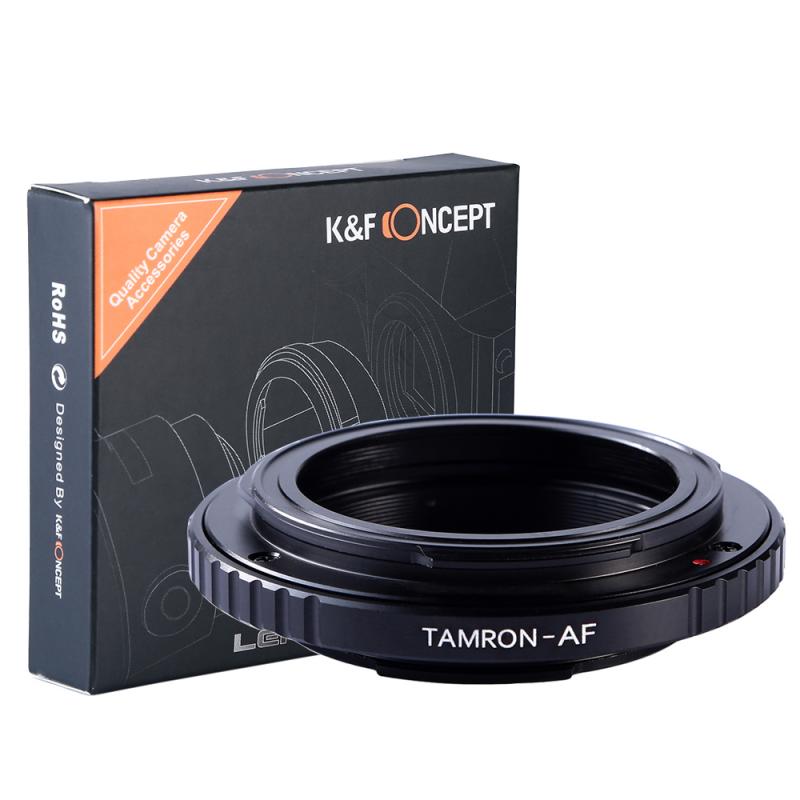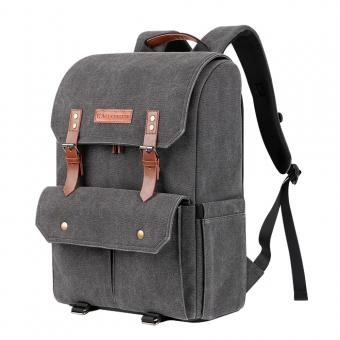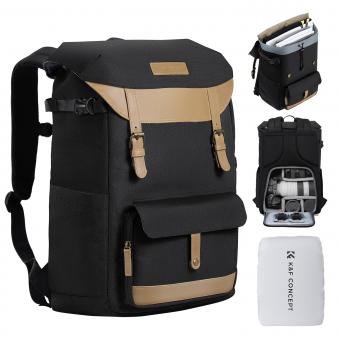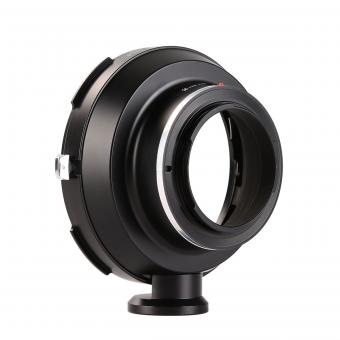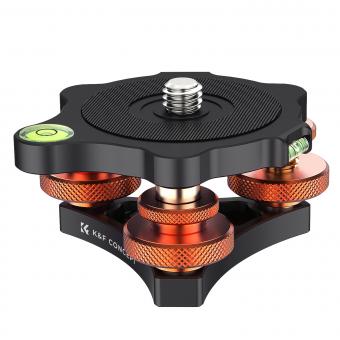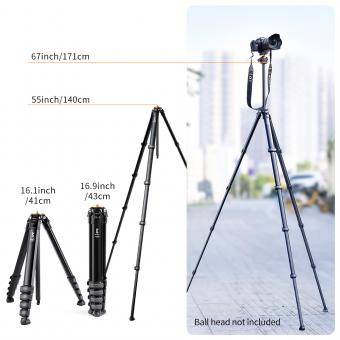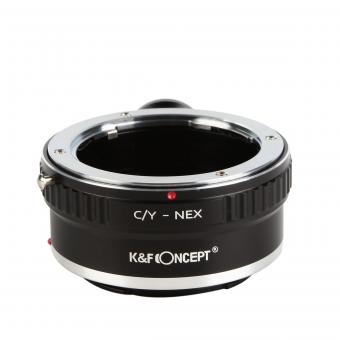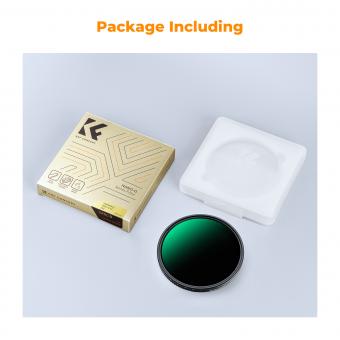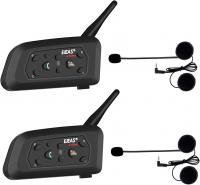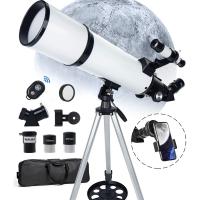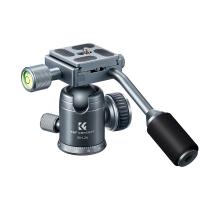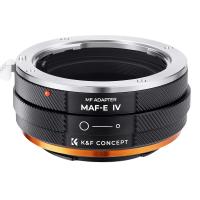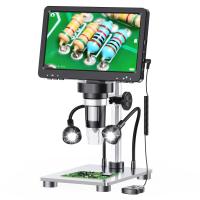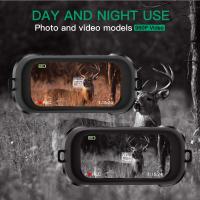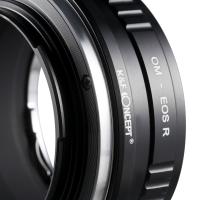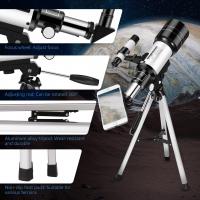How To Attach A Camera To A Tripod ?
To attach a camera to a tripod, first, locate the tripod mounting socket on the bottom of your camera. It is usually located near the center. Then, align the mounting screw on the tripod head with the mounting socket on the camera. Insert the screw into the socket and turn it clockwise to tighten it securely. Make sure it is tightened enough to hold the weight of the camera but avoid overtightening. Once the camera is securely attached, you can adjust the tripod head to position the camera as desired for your shot.
1、 Screw Mounts: Understanding different types of screw mounts for cameras.
To attach a camera to a tripod, you can follow these steps:
1. Ensure that your camera has a tripod socket: Before attaching your camera to a tripod, make sure it has a tripod socket. This is usually located on the bottom of the camera and is a threaded hole where the tripod screw can be inserted.
2. Align the camera with the tripod head: Place the camera on a flat surface and align the tripod head with the camera's tripod socket. The tripod head is the part of the tripod that allows you to adjust the camera's position.
3. Insert the tripod screw: Once the camera and tripod head are aligned, insert the tripod screw into the camera's tripod socket. Turn the screw clockwise to tighten it securely.
4. Adjust the camera position: Once the camera is attached to the tripod, you can adjust its position by using the tripod's controls. Most tripods have knobs or levers that allow you to pan, tilt, and adjust the height of the camera.
Screw Mounts: Understanding different types of screw mounts for cameras
There are various types of screw mounts used for attaching cameras to tripods. The most common type is the 1/4"-20 screw mount, which has a diameter of 1/4 inch and 20 threads per inch. This screw mount is widely used and compatible with most cameras and tripods.
Another type of screw mount is the 3/8"-16, which has a larger diameter of 3/8 inch and 16 threads per inch. This mount is commonly found on professional-grade tripods and some high-end cameras.
It's important to check the screw mount size of your camera and tripod to ensure compatibility. Some cameras may have a different screw mount size, so it's essential to use the appropriate adapter or plate to attach the camera securely.
In recent years, there has been a rise in quick-release systems, which allow for faster and easier attachment and detachment of cameras from tripods. These systems typically use a plate that attaches to the camera and can be quickly mounted onto the tripod head. Quick-release systems provide convenience and flexibility, especially for photographers who frequently switch between handheld and tripod shooting.
Overall, understanding the different types of screw mounts and utilizing quick-release systems can enhance the efficiency and convenience of attaching cameras to tripods.
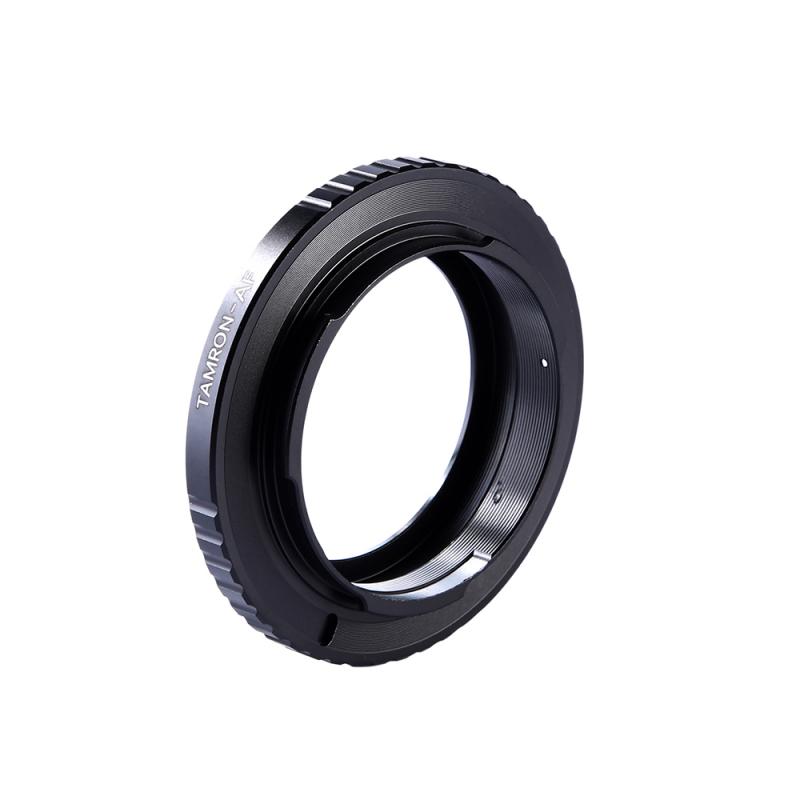
2、 Quick Release Plates: Using quick release plates for easy camera attachment.
Attaching a camera to a tripod is a fundamental skill that every photographer should master. There are several methods to achieve this, but one of the most popular and convenient ways is by using quick release plates. These plates provide an easy and efficient way to attach and detach your camera from the tripod.
To attach a camera to a tripod using quick release plates, follow these steps:
1. Locate the mounting screw on the quick release plate. This screw is usually located at the center of the plate and is compatible with the tripod's mounting platform.
2. Align the mounting hole on the bottom of your camera with the screw on the quick release plate.
3. Once aligned, carefully screw the plate onto the camera until it is securely attached. Ensure that the plate is tightened enough to prevent any movement or wobbling.
4. Now, locate the quick release mechanism on the tripod's mounting platform. This mechanism is usually a lever or a button that allows you to attach and detach the camera quickly.
5. Open the quick release mechanism and slide the plate with the attached camera into the mounting platform. Make sure it is securely locked in place.
Using quick release plates offers several advantages. Firstly, it saves time and effort as you can easily attach and detach your camera without having to screw and unscrew it every time. This is especially useful when you need to switch between different cameras or lenses quickly.
Additionally, quick release plates provide a secure and stable connection between the camera and tripod. This ensures that your camera remains steady during long exposures or when shooting in challenging conditions.
In recent years, quick release plate systems have evolved to offer even more convenience and versatility. Some manufacturers have introduced Arca-Swiss compatible plates, which have become a popular standard in the industry. These plates allow for easy interchangeability between different tripod heads and accessories, providing photographers with more flexibility in their gear choices.
In conclusion, using quick release plates is a simple and efficient method to attach a camera to a tripod. It saves time, provides stability, and offers compatibility with various tripod systems. As technology advances, we can expect further improvements and innovations in quick release plate systems, enhancing the overall photography experience.
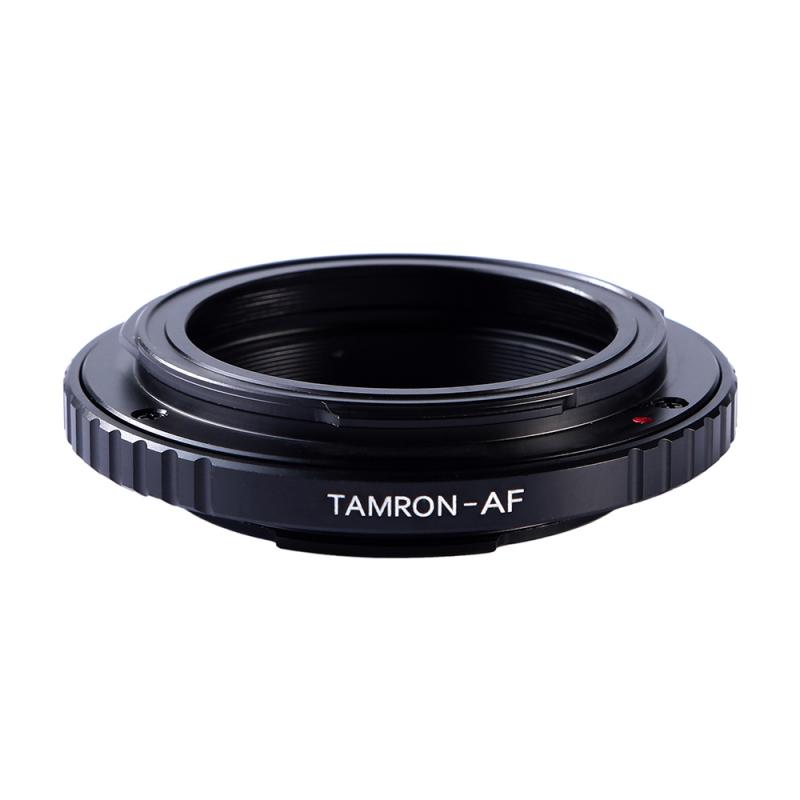
3、 Tripod Adapters: Adapting cameras with different mounting systems to tripods.
To attach a camera to a tripod, you will need a tripod adapter. Tripod adapters are essential for adapting cameras with different mounting systems to tripods. These adapters come in various sizes and designs to accommodate different camera models and tripod types.
To begin, ensure that your camera is compatible with the tripod adapter you have or plan to purchase. Most cameras have a standard tripod mount, which is a threaded hole located on the bottom. The tripod adapter will have a corresponding screw that fits into this hole.
To attach the camera to the tripod, follow these steps:
1. Start by aligning the tripod adapter's screw with the camera's tripod mount hole.
2. Gently twist the adapter clockwise until it is securely attached to the camera.
3. Once the adapter is attached, position the camera on the tripod head.
4. Align the adapter's screw with the tripod's mounting plate or quick-release system.
5. Slowly twist the adapter counterclockwise to secure the camera to the tripod.
It is important to ensure that the camera is securely attached to the tripod to prevent any accidental falls or damage. Double-check that the adapter is tightened properly before using the tripod.
In recent years, there have been advancements in tripod adapters to accommodate the evolving camera technology. Some adapters now come with quick-release systems, allowing for faster and easier attachment and detachment of the camera. Additionally, there are adapters available that can support heavier camera setups, such as those used in professional photography or videography.
Always refer to the specific instructions provided by the tripod adapter manufacturer for the best results.
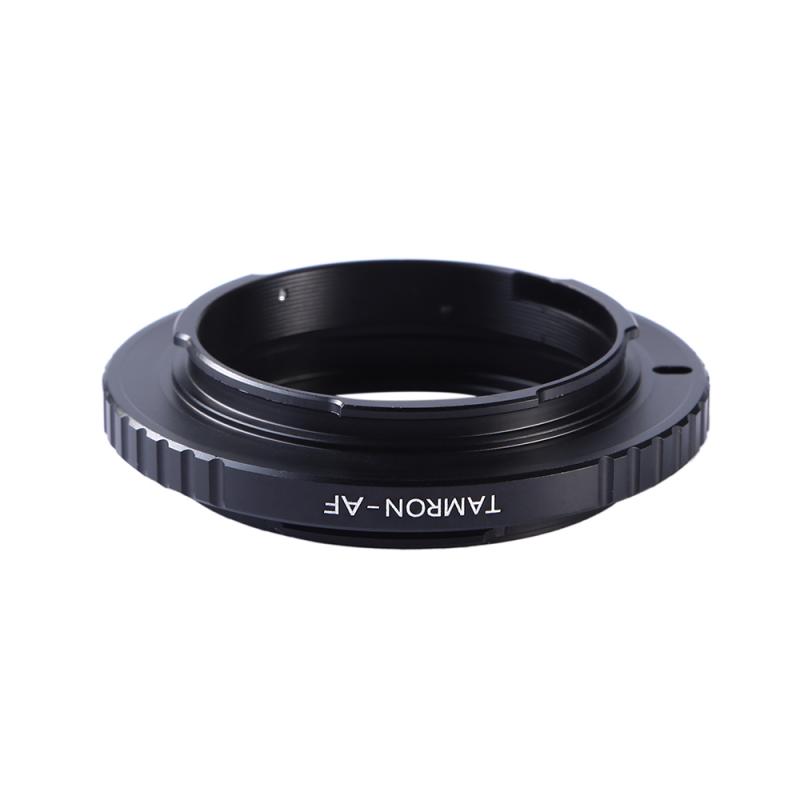
4、 Ball Heads: Using ball heads for versatile camera positioning on tripods.
To attach a camera to a tripod, you will need a few simple steps. First, ensure that your tripod is set up and stable on a flat surface. Then, locate the mounting plate on the top of the tripod. This plate usually has a screw or a quick-release mechanism.
If your camera has a built-in tripod mount, you can directly attach it to the mounting plate by aligning the screw hole on the camera with the screw on the plate. Use a coin or a screwdriver to tighten the screw securely.
If your camera does not have a built-in tripod mount, you will need to use a tripod mount adapter. This adapter attaches to the bottom of your camera and provides a standard tripod mount. Once the adapter is securely attached to your camera, you can then follow the same steps as mentioned above to attach it to the tripod.
Now, let's talk about ball heads. Ball heads are a popular type of tripod head that allows for versatile camera positioning. They consist of a ball and socket joint, which allows you to easily adjust the camera's position in any direction. This flexibility makes ball heads ideal for various photography styles, including landscape, portrait, and macro photography.
To use a ball head, simply loosen the locking knob to release the ball joint. Then, position your camera to the desired angle and tighten the knob to secure it in place. The ball head allows for smooth and precise adjustments, making it easier to compose your shots.
In recent years, there have been advancements in ball head technology, such as improved locking mechanisms and increased load capacity. Some ball heads now come with additional features like panoramic rotation, which allows for seamless panning shots. These advancements have made ball heads even more versatile and user-friendly.
In conclusion, attaching a camera to a tripod is a straightforward process involving a mounting plate and a secure attachment. Ball heads offer a versatile and flexible option for positioning your camera, allowing for smooth adjustments and precise composition. With the latest advancements in ball head technology, photographers can enjoy even more convenience and functionality in their tripod setups.
